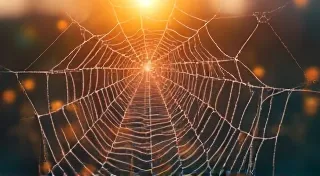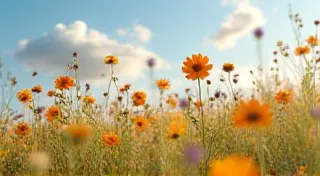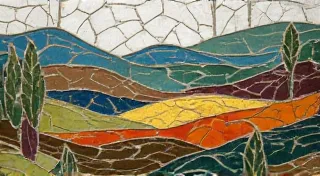The Palette of the Earth: Sourcing Natural Dyes in Regional Weaving
There’s a quiet reverence that falls over a room filled with antique textiles. The scent of aged fibers, the subtle variations in color—each thread whispering stories of hands long gone. More than mere fabric, these are echoes of communities, celebrations of nature, and testaments to a profound connection between people and the landscape. And at the heart of so many of these beautiful legacies lies the art of natural dyeing.
I remember visiting my grandmother’s home as a child. She wasn’s a weaver herself, but she possessed a trunk overflowing with handwoven blankets and shawls, each a symphony of earthy tones. I’m not sure I fully appreciated them then, but the memory stuck. The colors weren’t the blindingly bright, manufactured hues of modern textiles. They were the muted, grounding shades of the earth itself: the deep indigo of twilight, the ochre of sun-baked clay, the mossy green of ancient forests. These were colors born not in a laboratory, but from the bounty of the natural world.
For millennia, before the advent of synthetic dyes, artisans around the globe relied on plants, minerals, and even insects to color their textiles. This wasn’t just a matter of aesthetics; it was inextricably linked to survival, cultural identity, and the availability of local resources. The history of regional weaving patterns is, inseparably, the history of natural dyes.
The Botany of Color: Common Dye Sources Across Cultures
The range of natural dyes is astonishing. Almost every region boasts a unique palette derived from its local flora. In Japan, the prized ai plant (Torreya nucifera) has been used for centuries to produce a rich, deep indigo. The process itself is an art form, requiring fermentation and careful oxidation to achieve the desired shade. Across the Pacific, in the Andes, artisans use plants like qoya (Eriophorum angustifolium) for wool dyeing, creating a spectrum of yellows and browns. These weren't just “colors”; they were resources, carefully managed and passed down through generations.
Consider the significance of madder root (Rubia tinctorum) in Europe. It yielded a vibrant, albeit somewhat fugitive, red, essential for royal robes and religious garments. In India, turmeric (Curcuma longa) has been used for centuries to brighten yellow hues, often combined with other dyes to create a wider range of colors. And in Africa, plants like African marigolds (Tagetes erecta) are used extensively for yellows, creating stunning patterns in kente cloth and other traditional textiles. The very soil of a place imprinted itself onto the fabric.
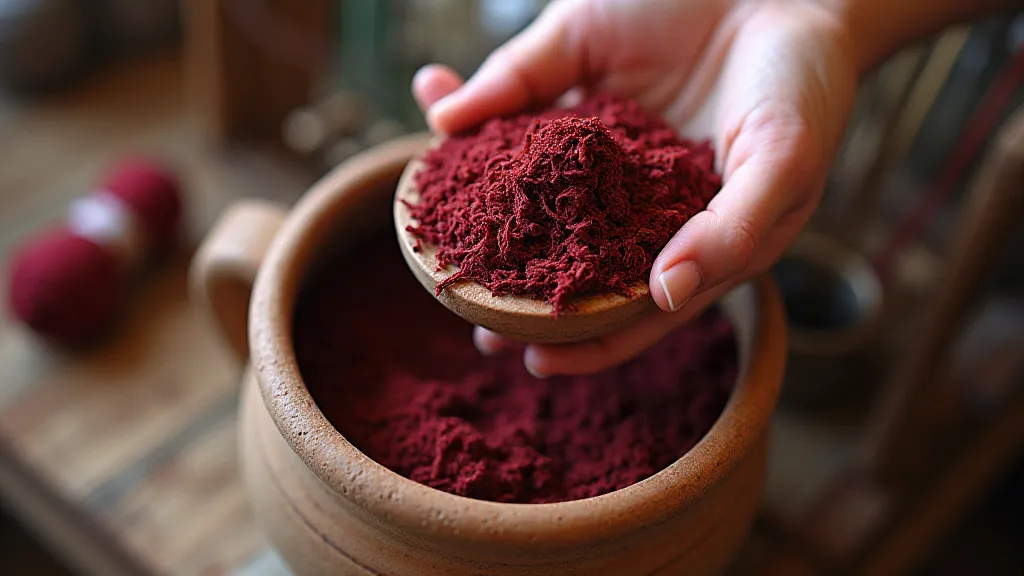
The Chemistry Behind the Colors
While the artistry of natural dyeing is undeniable, understanding the underlying chemistry adds another layer of appreciation. Natural dyes are typically pigments, molecules that absorb certain wavelengths of light and reflect others, creating the colors we perceive. The specific chemical compounds present in the dye source, the pH of the water used, and the presence of mordants (substances that help the dye bind to the fiber) all influence the final color achieved.
Mordants, often metallic salts like alum, iron, or tin, play a crucial role. Alum, for example, tends to brighten colors, while iron can create muted, darker shades. The same dye plant can therefore produce a vastly different color depending on the mordant used. This opens up a whole universe of possibilities for the creative artisan, allowing them to manipulate the color palette beyond what might initially seem possible.
Regional Variations: From Andean Textiles to Japanese Shibori
The beauty of regional weaving is inextricably linked to the local ecosystem and cultural practices. Take, for instance, the vibrant textiles of the Andean highlands. The use of coca leaves, not just for their stimulating properties but as a dye source for a distinctive yellow, exemplifies the deep connection between culture and resourcefulness. The dyes frequently require multiple soaking and rinsing, demonstrating both the complexity and the respect held for the process.
In contrast, consider the intricate shibori techniques of Japan. While indigo is a signature color, the subtle variations in shade and pattern are achieved through careful folding, binding, and stitching of the fabric before dyeing. This demonstrates a mastery of not just color, but also texture and form, transforming a single dye bath into a canvas for artistic expression.
The Maasai people of Kenya and Tanzania utilize a striking palette derived from plants and berries, often creating bold, geometric patterns on their traditional shuka cloths. These colors, though seemingly simple, are symbolic, representing clan affiliation and social status.
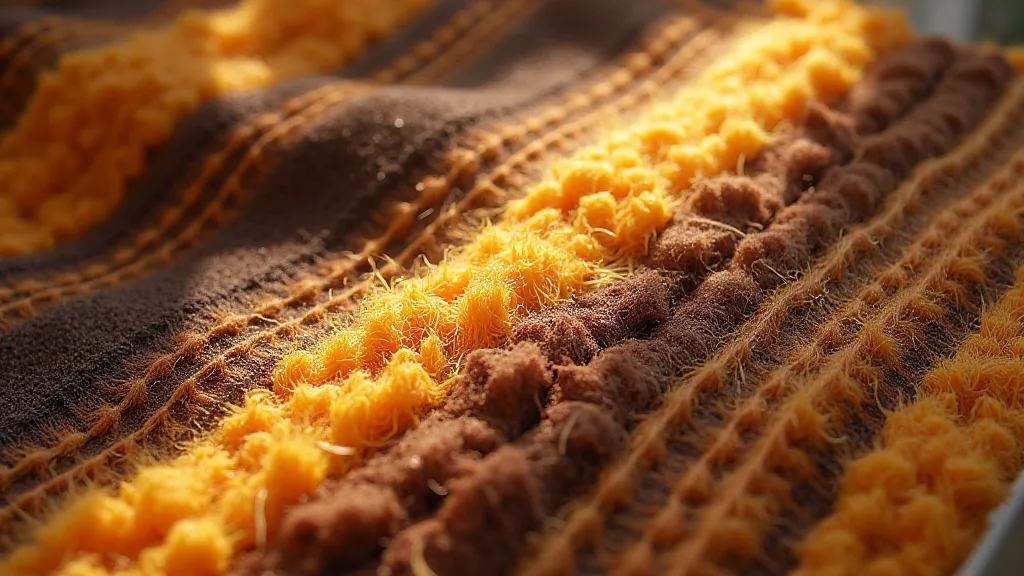
Preserving the Legacy: Challenges and Revival
The rise of synthetic dyes in the 20th century dealt a significant blow to the practice of natural dyeing. Cheaper and more readily available, synthetic dyes quickly displaced their natural counterparts, threatening the livelihoods of countless artisans. The knowledge and skills associated with natural dyeing began to fade, along with the vibrant colors that once characterized regional weaving traditions.
However, in recent years, there has been a growing revival of interest in natural dyeing. Consumers are increasingly seeking out textiles that are sustainable, ethical, and authentically handmade. Artisans are rediscovering ancestral techniques, and researchers are working to document and preserve the knowledge of traditional dye plants.
Restoration of antique textiles that utilize natural dyes presents unique challenges. Synthetic dyes can be permanent, and the fugitive nature of some natural dyes can lead to fading and discoloration over time. Careful cleaning and stabilization are crucial, and any attempt at color matching should be approached with extreme caution, prioritizing the preservation of the original patina and the integrity of the artifact.
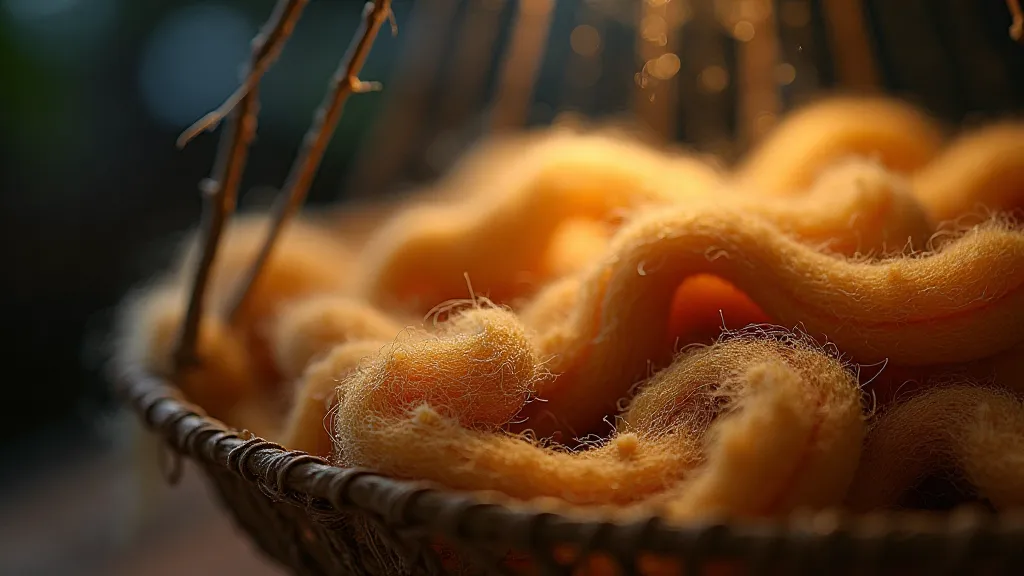
More Than Just Color
The palette of the earth isn’t just about the colors themselves. It’s about the stories they hold, the traditions they represent, and the profound connection between humans and the natural world. It’s about the slow, deliberate process of harvesting dye plants, preparing them for use, and transforming raw materials into works of art. It’s a testament to the enduring power of human creativity and the beauty of sustainable practices. When we appreciate a naturally dyed textile, we are not just admiring a beautiful object; we are honoring a legacy of craftsmanship, connecting with a cultural heritage, and embracing a more harmonious relationship with the environment.
